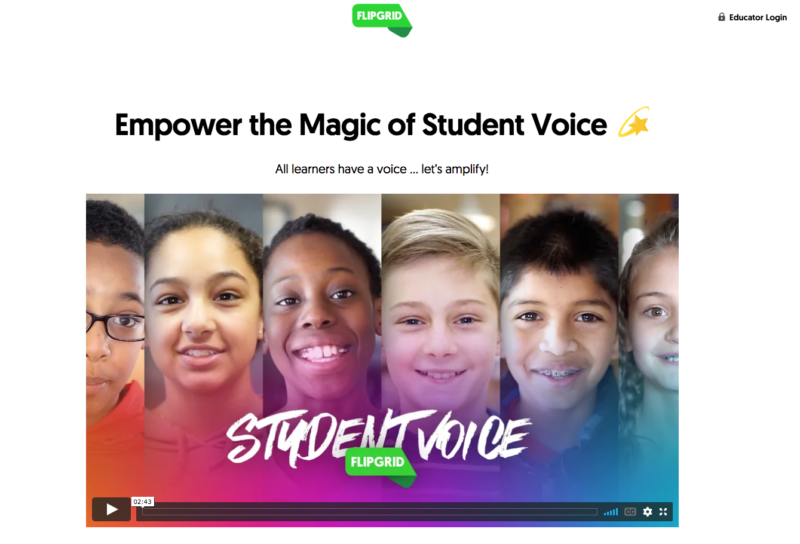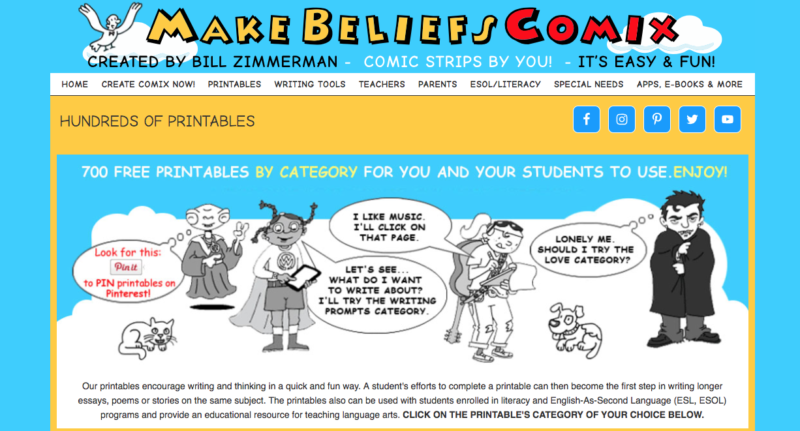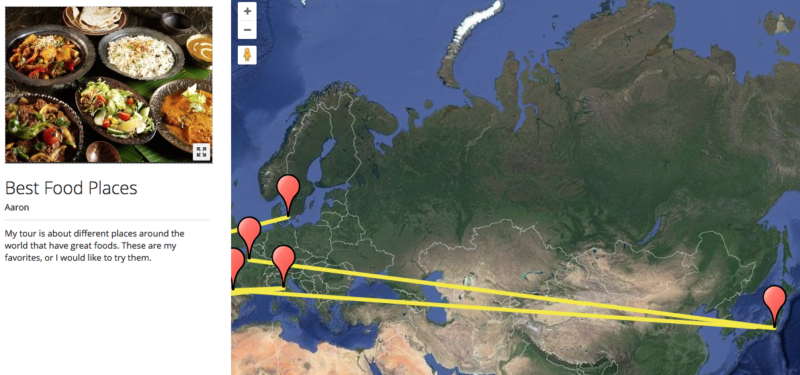Maybe it’s my age or maybe it’s the fact that I’ve learned hundreds (actually, thousands!) of student names over the years, but each September it takes me longer and longer to learn my students’ names. I know that greeting them by name is a critical step in helping them feel welcome and validated in my classroom, so I don’t want to give in to the struggle and say, “Hey you!” when I can’t remember if I’m calling on Chloe or Zoe; Ashley or Ashlynn; Ethan or Ian; Ella or Ellie; Matthew or Michael; or Jake or Jack or James or Jacob (or Jason or Jared). Or Jaden.
But to really know our students, we need to go beyond names and faces, and the sooner we do that, the better. (And the easier it actually is to remember their names!) Fortunately, technology offers a variety of ways our students can express themselves creatively while also helping us get to know them as individuals.
Since get-to-know you questions can be personal, it is important to let your students know up front who will see their answers. Will they be shared with the whole class? Or will you be the only one to see them? What a difference it can make if students know that you will be their only audience. One of my students even sang to me on her selfie video. Be sure your students know who will view their work.
- Post a selfie: Credit to high school teacher Catlin Tucker for this great idea! We know our students are expert selfie-takers, so why not honor their phone skills by having them show off on the first day of school? Using phones or tablets (or even laptops), students can take a selfie and then share it to a page set up by the teacher. It could be on a Padlet, Seesaw, a class blog or Google Classroom. In addition to the selfie, students can write a little about themselves: their name (and nickname); favorite hobbies/sports/interests; and something about the subject you teach. In my English class, I want to know what books and authors they have loved in the past. In my Broadcast Media class, I want to know what kind of experience they have with movie making and/or editing. Finally, I ask them to tell me what they hope this class will be like and how I can help them be successful.
- Create a biography slide: Using Google Drawing,Canva, or Adobe Spark, my students create a slide that helps me get to know them. They choose from a list of my suggestions, but must include their name, a selfie image, an inspirational quote and one other picture. They may add images that represent their family, interests, strengths, role models, heroes and dreams for their future. These slides can be easily shared with the rest of the class, or just submitted to the teacher.
[media-credit name="Laura Bradley" align="alignnone" width="800"] [/media-credit]
[/media-credit]
- Take a selfie video: Similar to Catlin Tucker’s selfie assignment, the selfie video not only gives us insight into our students’ lives, but when they say their names on video, we are able to hear how it is pronounced (and yes, I have replayed some videos over and over so I can give those names the honor they deserve). Respecting names makes a big difference in our students’ feelings of acceptance and belonging, but if we don’t take the time to hear and practice their names, chances are we will avoid trying to say them.
The content of the selfie video is similar to the selfie pics above. I ask my students to film in a place that is meaningful for them, and that piece alone gives me some sweet insight into their lives. Some film in their backyards, where they tell me about activities they enjoy with family and friends; some film in their bedrooms, where they show off their soccer trophies, gymnastics ribbons and decor they chose themselves; and many film with a pet in their lap. They do love their dogs, cats and hamsters. These videos can be made with smartphones, tablets or computers. They submitted their videos to Google Classroom, but they could also be shared via FlipGrid, Seesaw or on a class blog.

 [/media-credit]
[/media-credit] [/media-credit]
[/media-credit] [/media-credit]
[/media-credit]